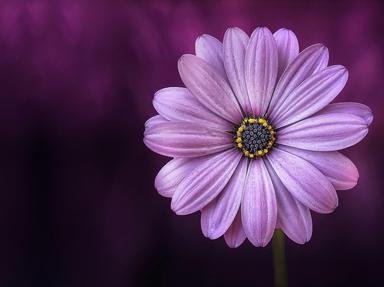Quiz Answer Key and Fun Facts
1. Vitis arizonica: Produces a small, tart edible fruit
2. Salvia columbariae: Seeds are used for food, beverages and medicinal purposes
3. Prosopis velutina: Pods are ground into sweet flour, wood makes aromatic firewood
4. Phaseolus acutifolius: Produces small, drought-resistant legumes
5. Opuntia engelmannii: Fruit and pads are edible
6. Acer grandidentatum: Sap is used for syrup
7. Carnegiea gigantea: Fruit is used for jelly and syrup
8. Cucurbita foetidissima: Seeds are eaten like pumpkin seeds
9. Hyptis emoryi: Fragrant leaves are used for tea
10. Daucus pusillus: Roots are edible, raw or cooked
Source: Author
PDAZ
This quiz was reviewed by FunTrivia editor
Bruyere before going online.
Any errors found in FunTrivia content are routinely corrected through our feedback system.

